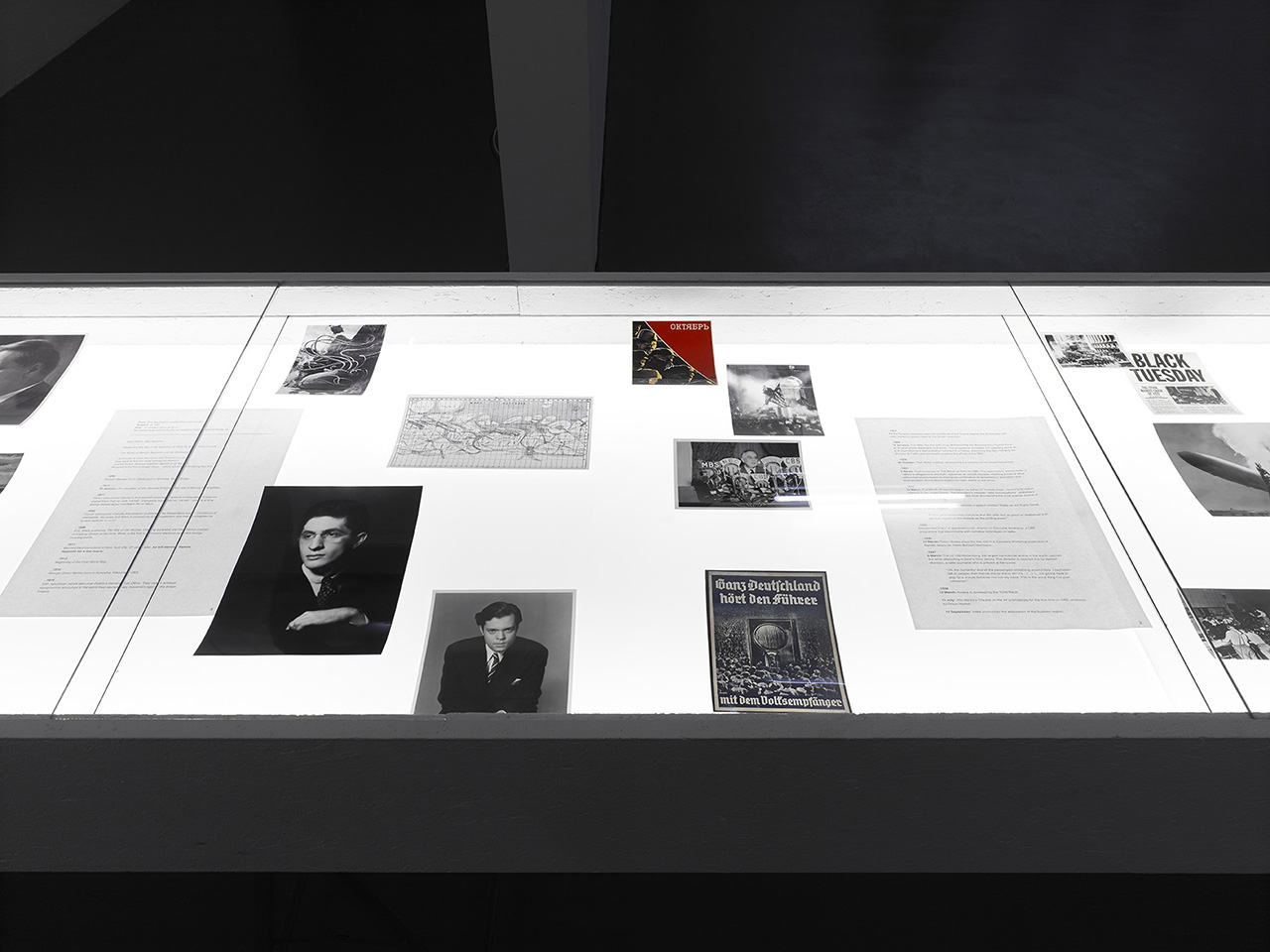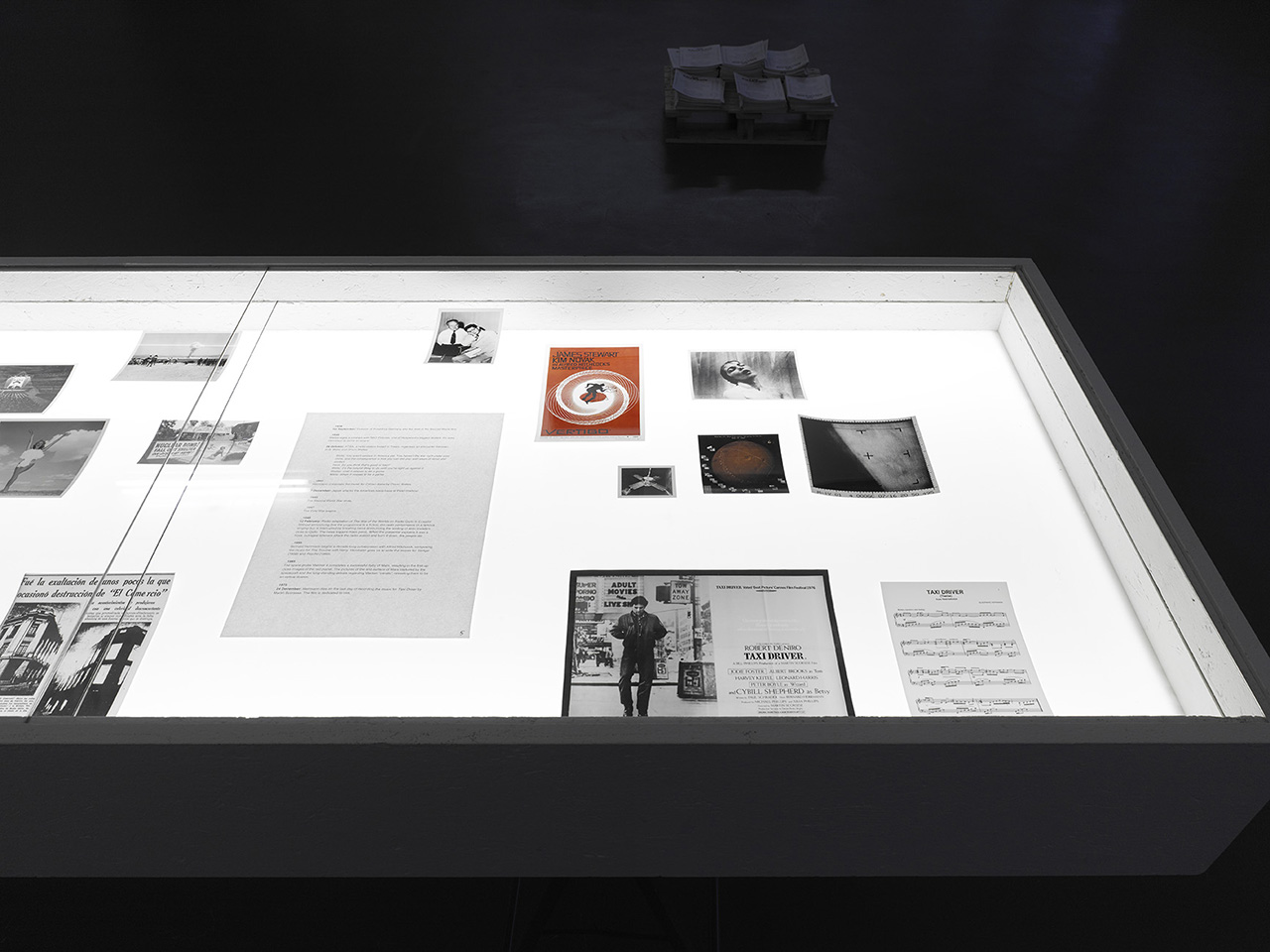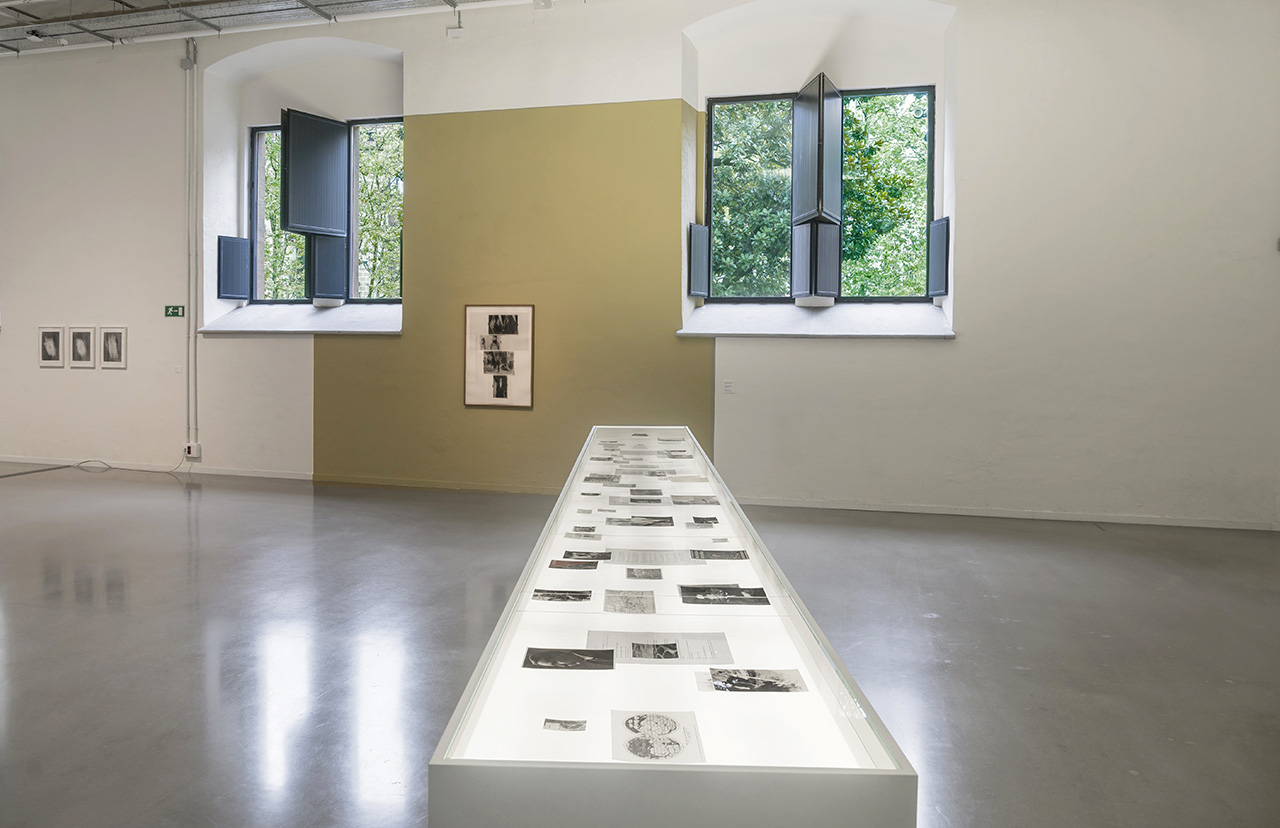CHRONOLOGY
1866 — Herbert George (H.G.) Wells born in Bromley, Great Britain.
1871, 18 January — Proclamation of the German Empire in the Hall of Mirrors in Versailles.
1877 — Italian astronomer Giovanni Schiaparelli observes a network of long straight lines on planet Mars that he calls “canali”, improperly translated as “canals”, opening a long lasting debate about intelligent life on Mars.
1892 — French astronomer Camille Flammarion publishes The Planet Mars and Its Conditions of Habitability. He notes that Mars is covered by a red vegetation and may be inhabited by “a race superior to ours”.
1898 — H.G. Wells publishes The War of the Worlds. Drawing a parallel with the colonial policies of Imperial Britain at the time, Wells is the first to represent Martians as hostile beings invading Earth.
1911 — Bernard Herrmann born in New York City. 27 years later, he will become Ramón Raquello for a few hours.
1914 — Beginning of the First World War.
1915 — George Orson Welles born in Kenosha, Wisconsin, USA.
1916 — Irish republican rebels take over Dublin’s General Post Office. They use its wireless equipment to announce to the world their revolutionary movement against the British Empire.
1917 — As the Russian revolution sees the overthrow of the Tsarist regime, the Bolsheviks use radio waves to spread news of the Soviet revolution.
1926, 16 January — The BBC airs the radio hoax Broadcasting the Barricades by Ronald Knox, an English priest, theologian and writer. The programme simulates live reporting about an anti-unemployment demonstration turning into a frenzy, destroying Big Ben, hanging the Minister of Traffic and eventually invading the offices of the BBC.

1929, 29 October — Wall Street crashes, announcing the premise of the Great Depression.
1931, 6 March — First broadcast of The March of Time on CBS. The radio series, whose motto is “fakery in allegiance to the truth”, becomes an instant success, inspiring a host of other radio programmes based on the hybrid combination of documentary journalism and dramatization. Orson Welles makes his radio debut on the show.
1933, 12 March — Franklin D. Roosevelt begins his series of “fireside chats”, reaching 60 million listeners in the United States. The president’s intimate “radio conversations”, addressed directly to the public, help promote the New Deal and become the most popular source of information during WWII.
18 August — Joseph Goebbels broadcasts a speech entitled “Radio as the Eighth Great Power” in which he says: “Future generations may conclude that the radio had as great an intellectual and spiritual impact on the masses as the printing press.”
1934 — Bernard Herrmann is appointed music director of Columbia Workshop, a CBS programme that experiments with narrative techniques on radio.
1935, 14 March — Orson Welles plays the title role in a Colombia Workshop production of Hamlet, where he meets Bernard Herrmann.
1937, 6 March — The LZ 129 Hindenburg, the largest commercial airship in the world, catches fire while attempting to land in New Jersey. The disaster is reported live by Herbert Morrison, a radio journalist who is present at the scene: “Oh, the humanity! And all the passengers screaming around here. I can't even talk to people, their friends are on there! Ah! It's... (…) I... I'm gonna have to stop for a minute because I've lost my voice. This is the worst thing I've ever witnessed.”
1938, 12 March — Austria is annexed by the Third Reich.
11 July — The Mercury Theatre on the Air is broadcast for the first time on CBS, produced by Orson Welles.
12 September — Hitler announces the annexation of the Sudeten region.
24 September — The Mercury Theatre on the Air is interrupted with a live reporting of the Munich crisis.

30 September — The Munich Agreement is signed.
30 October —
8 p.m. Tchaikovsky’s piano concerto nº 1, the theme music of The Mercury Theatre on the Air, begins, marking the start of the programme. It introduces, without ambiguity, a radio adaptation of the novel The War of the Worlds by H.G. Wells, conceived and directed by Orson Welles who also plays a leading role in the story. Meanwhile, most radio listeners are tuned to another station, to a very popular show with ventriloquist Edgar Bergen and his marionette, and do not hear Welles’ introduction.
8:06 p.m. End of the Bergen programme. Thousands of listeners turn their dials to CBS: “We now take you to the Meridian Room in the Hotel Park Plaza in downtown New York, where you will be entertained by the music of Ramón Raquello and his orchestra.” Ramón Raquello is the stage name of a fictional conductor played by Bernard Hermann. His band begins to play La Cumparasita at a slow tempo. The rendition is deliberately poor and soporific.
8:07 p.m. The presenter halts the music: “Ladies and gentlemen, we interrupt our program of dance music to bring you a special bulletin from the Intercontinental Radio News.” The forecaster reports several strange explosions observed on planet Mars.

8:09 p.m. Back to the Hotel Plaza: “Now a tune that never loses favour, the ever popular Star Dust. Ramón Raquello and his orchestra...” The concert resumes for a few seconds before the music fades. Carl Phillips (played by Franck Readick), a journalist, interviews a famous astronomer Richard Pierson (played by Welles) about the explosion observed on Mars earlier.
8:10 p.m. Ramón Raquello is on the air again to play a solo piano piece by Debussy.
8:11 p.m. The news presenter announces that a meteor in flames has crashed into a farm in Grovers Mill, New Jersey. While waiting for Carl Philips to arrive at the site, he invites the audience to enjoy another musical moment.
8:12 p.m. “We take you now to Grovers Mill, New Jersey.” The sound of sirens and the noise of crowds can be heard through the radio. Phillips reports live from the crater, describing a scene of chaos created by the mysterious presence of the supposed meteor. “What I can see of the ... object itself doesn't look very much like a meteor, at least not the meteors I've seen. It looks more like a huge cylinder.” Phillips approaches. A buzzing sound can be heard coming from inside the cylinder. “Just a minute! Something's happening!”

8:16 p.m. The heavy thud of metal falling. Phillips witnesses a strange creature climbing out of the cylinder. “Ladies and gentlemen, this is the most terrifying thing I have ever witnessed... Wait a minute! Someone's crawling out of the hollow top. Someone or... something. I can see peering out of that black hole two luminous disks... are they eyes? It might be a face. It might be... The eyes are black and gleam like a serpent. The mouth is V-shaped with saliva dripping from its rimless lips that seem to quiver and pulsate.”
A screeching sound can be heard, intensifying, followed by shrieks from the crowd. Phillips describes the creature as it proceeds to reduce the town to ashes.
“There's a jet of flame springing from the mirror, and it leaps right at the advancing men. It strikes them head on! Good Lord, they're turning into flame! ... it's spreading everywhere. It's coming this way. About twenty yards to my right...”
A crash of microphone, then a dead silence fills the airwaves.
8:27 p.m. The Secretary of the Interior (played by Kenny Delmar) makes a statement emphasising the catastrophic situation in New Jersey. The radio broadcasting of the battle between the American army and Martian invaders begins in earnest.
8:30 p.m. In the meantime, calls flood into the CBS call centre, and police officers arrive at the premises. Davidson Taylor, CBS executive, orders Welles to stop the programme.
8:40 p.m. Orson Welles’ troupe barricades the studio door, and pursues the show with an announcement that the programme being aired is a radio adaptation.

8:42 p.m. Conducted by Ramón Raquello, a new orchestral interlude is performed.
8:45 p.m. Pierson (played by Welles), the remaining survivor, describes the apocalyptic landscape that has settled on Earth. Voice fading into a bleak silence, he is then projected into a more peaceful future where humans have survived the invasion:
“Strange to watch the sightseers enter the museum where the dissembled parts of a Martian machine are kept on public view. Strange when I recall the time when I first saw it, bright and clean-cut, hard, and silent, under the dawn of that last great day.”
8:48 p.m. The final orchestral piece concludes with a crescendo, marking the end of the programme. “This is Orson Welles, ladies and gentlemen, out of character to assure you that The War of The Worlds has no further significance than as the holiday offering it was intended to be.”

31 October, Halloween morning — The Times Square electronic news bulletin reads: “ORSON WELLES CAUSES PANIC.” The New York Daily News headlines: “FAKE RADIO ‘WAR’ STIRS TERROR THROUGH U.S.” In the following weeks, US newspapers print 12,500 articles about the programme and its impact. 1,974 letters are sent to Federal authorities and the Mercury Theatre.
1939, 1 September — Invasion of Poland by Germany and the start of the Second World War.
1940 — Welles signs a contract with RKO Pictures, one of Hollywood’s biggest studios. He asks Herrmann to come on board.
28 October — KTSA, a radio station based in Texas, organises an encounter between H.G. Wells and Orson Welles.
Wells: You aren’t serious in America yet. You haven’t the war right under your chins, and the consequence is that you can still play with ideas of terror and conflict.
Host: Do you think that’s good or bad?
Wells: It’s the natural thing to do until you’re right up against it.
Welles: Until it ceases to be a game.
Wells: When it ceases to be a game.

1941 — Herrmann composes the music for Citizen Kane by Orson Welles.
7 December — Japan attacks the American naval base at Pearl Harbour.
1945 — The Second World War ends.
1947 — The Cold War begins.
1949, 12 February — Radio adaptation of The War of the Worlds on Radio Quito in Ecuador. Without announcing that the programme is a fiction, the radio performance of a famous singing duo is interrupted by breaking news announcing the landing of alien invaders close to Quito. The news triggers mass panic. When the presenter explains it was a hoax, outraged listeners attack the radio station and burn it down. Six people die.
1955 — Bernard Herrmann begins a decade-long collaboration with Alfred Hitchcock, composing the music for The Trouble with Harry. Herrmann goes on to write the scores for Vertigo (1958) and Psycho (1960).
1965 — The space probe Mariner 4 completes a successful flyby of Mars, resulting in the first up-close images of the red planet. The pictures of the arid surface of Mars captured by the spacecraft end the long-standing debate regarding Martian “canals”, revealing them to be an optical illusion.
1975, 24 December — Herrmann dies on the last day of recording the music for Taxi Driver by Martin Scorsese. The film is dedicated to him.




The Music of Ramón Raquello and his Orchestra 2017
Lightbox vitrine, 600 × 70 cm
43 duratrans photographic prints
Chronological note
Radio set playing music, 4 minutes 47
First exhibited at [formerly known as] Witte de With and Tabakalera, and published in the form of an artist book.